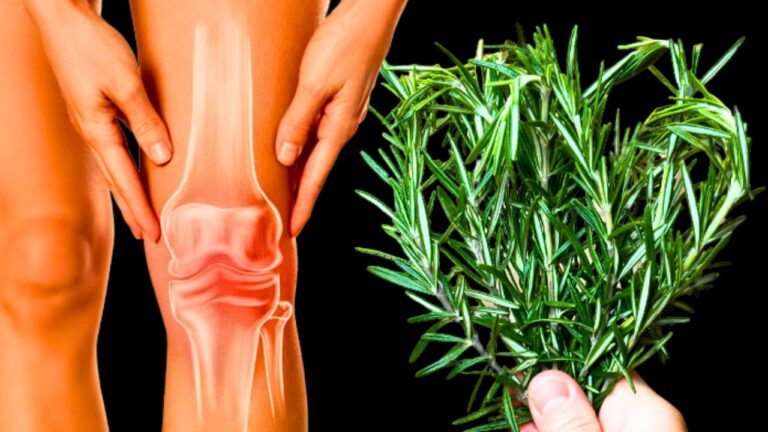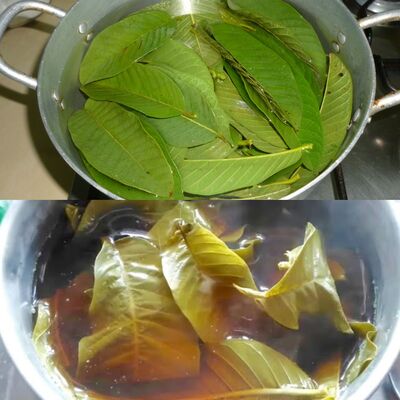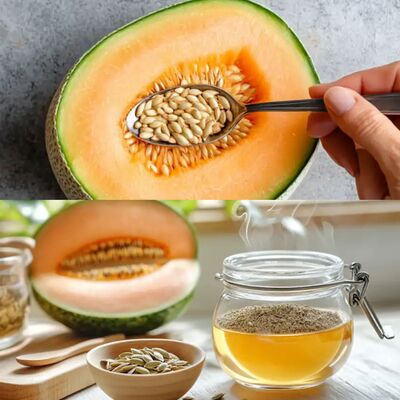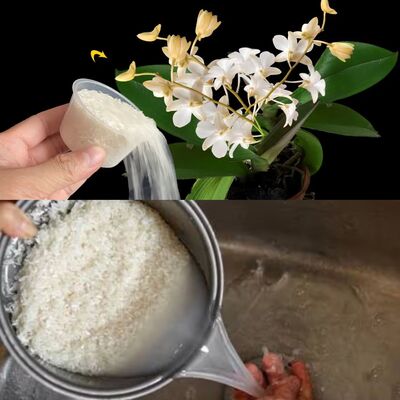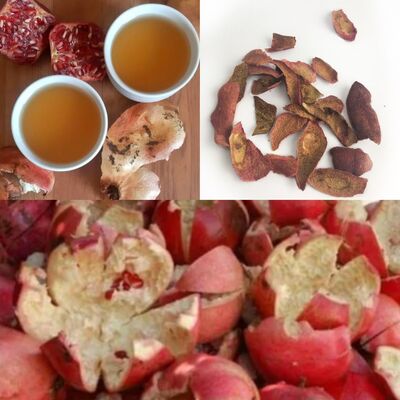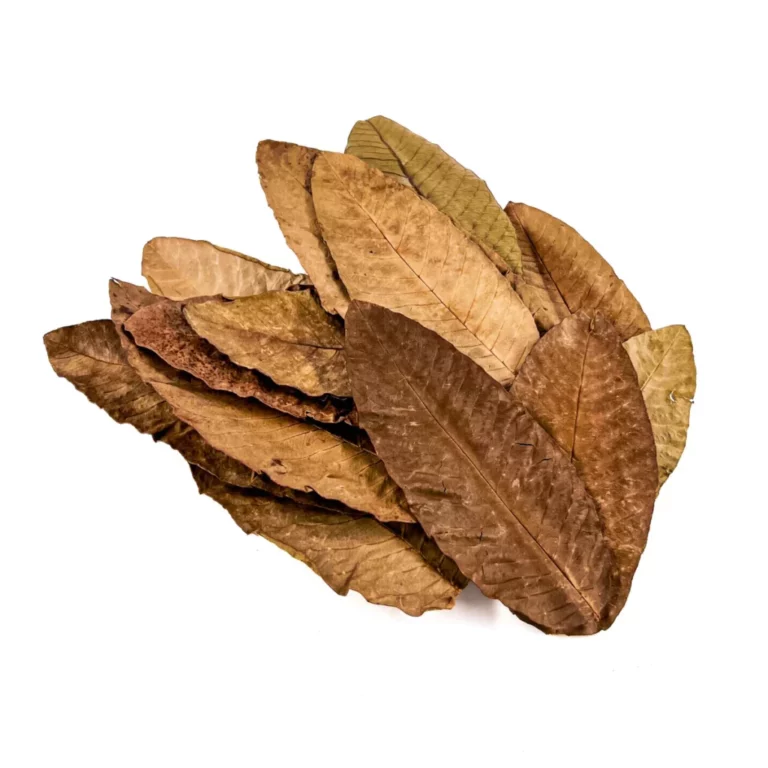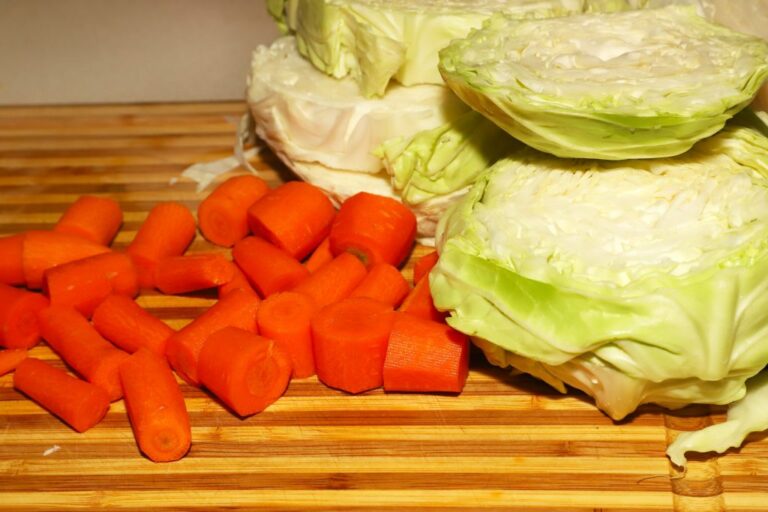Rosemary, a fragrant herb native to the Mediterranean region, is more than just a culinary delight. Known for its needle-like leaves and distinctive aroma, rosemary has been revered through the ages not just for its flavor but also for its array of health benefits. Adding just one tablespoon of this powerful herb to your daily routine can make a significant impact on your overall health.
Health Benefits of Rosemary
- Enhances Cognitive Function: Rosemary is celebrated for its potential to boost brain function. Studies suggest that inhaling rosemary essential oil helps prevent the breakdown of acetylcholine, a brain chemical important for thinking, concentration, and memory. Adding a tablespoon of dried rosemary to your meals or a few drops of rosemary oil to a diffuser can help sharpen focus and cognitive abilities.
- Rich in Antioxidants and Anti-inflammatory Compounds: The antioxidants in rosemary, such as carnosic acid and rosmarinic acid, help neutralize harmful free radicals in your body. These compounds support immune health, reduce inflammation, and protect against chronic diseases.
- Improves Digestion: Rosemary is often used to help relieve digestive symptoms such as bloating and indigestion. The herb stimulates the release of digestive juices, which helps to more efficiently break down food, enhancing nutrient absorption and relieving digestive discomfort.
- Promotes Hair Growth and Scalp Health: Rosemary oil is a common ingredient in hair care products for its ability to stimulate blood circulation to the scalp. Applying a rosemary oil solution to the scalp has been shown to combat hair loss and act as a hair growth stimulant comparable to minoxidil, a common hair regrowth treatment.
- Antimicrobial Properties: The powerful antimicrobial properties of rosemary make it effective in eliminating bacteria and fungi. This can be particularly beneficial for skin health and in treating infections.
How to Use Rosemary
In Cooking: Add dried or fresh rosemary to various dishes. It pairs well with roasted vegetables, meats, and tomato-based sauces, lending a distinctive flavor and increasing the nutritional profile of your meals.
As a Tea: Rosemary tea can be made by steeping one tablespoon of fresh or dried rosemary in hot water. It is soothing and can be particularly beneficial for digestion and relaxation.
Topical Application: Mix a few drops of rosemary essential oil with a carrier oil and apply it to the scalp to promote hair growth or to sore muscles and joints for its anti-inflammatory effects.
Aromatherapy: Using rosemary essential oil in a diffuser can help enhance mental concentration and relieve respiratory conditions.
Precautions
While rosemary is generally safe when used in normal food quantities, excessive consumption of rosemary essential oil or supplements can lead to potential side effects such as vomiting, sun sensitivity, and skin redness. Always consult with a healthcare provider before starting any new treatment regimen, especially if pregnant, nursing, or suffering from a chronic medical condition.
Conclusion
Incorporating just one tablespoon of rosemary into your daily regime can be a game-changer for enhancing mental clarity, improving digestion, boosting hair growth, and supporting overall health. This aromatic herb not only elevates the flavors in your dishes but also contributes significantly to a healthier lifestyle. Whether through dietary inclusion, teas, or topical application, the benefits of rosemary are truly transformative.
